356. The day 115 according to the 'epoch' of Bharani (approximately 41.4 * 26000 / 365.25 = 2947 years before AD 1842, i.e. around 1105 BC) should have coincided with where Cursa had been (viz. at right ascension position *76.4 - *41.4 = *35 = 115 - 80): ... In astronomy, an epoch specifies a precise moment in time. The positions of celestial objects and events, as measured from earth, change over time, so when measuring or predicting celestial positions, the epoch to which they pertain must be specified. A new standard epoch is chosen about every 50 years ... ... The C text appears to have been conceived 2 right ascension days earlier than the G text, i.e. around 26000 / 365.25 * 2 = 142 years before ca 1842 AD. Which means ca 1700 AD = 118 (= 4 * 29½) years after 1582 AD when the Pope Gregory XIII had launched his new calendar: The Julian calendar day Thursday, 4 October 1582 was followed by the first day of the Gregorian calendar, Friday, 15 October 1582 (the cycle of weekdays was not affected) ...
According to the calendar of Gregory XIII, who had fixed his dates in parallel with the stars in 1582 AD, the first day of June had been at the position of Cursa. On Easter Island they had recently adopted his calendar and therefore they had reason to document how to translate the currently observed star positions with his dates. ... The reform was adopted initially by the Catholic countries of Europe. Protestants and Eastern Orthodox countries continued to use the traditional Julian calendar and adopted the Gregorian reform after a time, for the sake of convenience in international trade. The last European country to adopt the reform was Greece, as late as 1923 ... Britain and the British Empire (including the eastern part of what is now the United States) adopted the Gregorian calendar in 1752 ... Symbolically this could have been expressed in Manuscript E as a story about how the Explorers reached Easter Island in the first day of June, i.e. after a journey in timespace to °June 1 (152) - which corresponded to the same day in Hiva, viz. "April 25 (115). From the time when Bharani had been at 0h to the time of 0h according to the Gregorian calendar there were 152 - 115 = 37 right ascension days. Rigel rose with the Sun in June 7 (*78.4 = *41.4 + *37) which was in the middle between *76 (June 5) and *80 (°June 1). 3 * 26 = 78.
... The C text appears to have been conceived 2 right ascension days earlier than the G text, i.e. around 26000 / 365.25 * 2 = 142 years before ca 1842 AD. Which means ca 1700 AD = 118 (= 4 * 29½) years after 1582 AD when the Pope Gregory XIII had launched his new calendar ... Probably they knew how the Arabs had relied on Bharani (*41.4) in order to arrange a star structure for the Julian dates stretching over the first half of the year, by using the fraction .4 as a key ingredient: 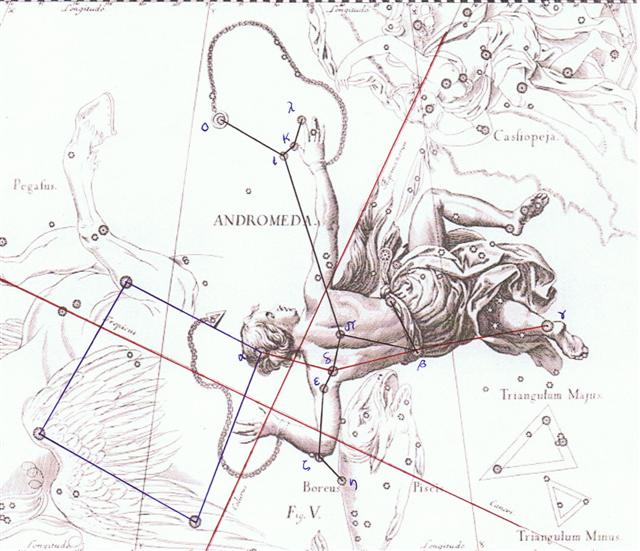
To translate the Julian dates into Gregorian dates the Easter Islanders had to change the Julian position of the First Point of Aries to the corresponding Gregorian date ºMarch 21 (0h). The precession of the northern spring equinox since Roman times had moved 0h earlier in the year with around 27 days = April 17 (107) - 'March 21 (80). Furthermore the Julian day for equinox ('March 25) had been shifted to the Gregorian day for equinox ºMarch 21, corresponding to how Cursa rose 4 days earlier than Elnath. ... Ecclesiastically, the equinox is reckoned to be on 21 March (even though the equinox occurs, astronomically speaking, on 20 March in most years) ...
On the Island of Easter - named so because when Roggeveen discovered the island in 1722 it was the day of Easter - they presumably would have used March 25 (3-25 as in AD 325) as the day for their vernal equinox (if regarded from a point north of the equator): ... The Pope wanted to restore the edicts concerning the date of Easter of the Council of Nicaea of AD 325. (Incidentally, the date of Easter itself is fixed by an approximation of lunar cycles used in the Hebraic calendar, but according to the historian Bede the English name 'Easter' comes from a pagan celebration by the Germanic tribes of the vernal - spring - equinox.) So the shift in the date of the equinox that occurred between the 4th and the 16th centuries was annulled with the Gregorian calendar, but nothing was done for the first four centuries of the Julian calendar. The days of 29 February of the years AD 100, AD 200, AD 300, and the day created by the irregular application of leap years between the assassination of Caesar and the decree of Augustus re-arranging the calendar in AD 8, remained in effect. This moved the equinox four days earlier than in Caesar's time ... It was all wonderfully complicated and the creator of the G text must have tried to fix a pair of places early in his text in order to make sense. The place of the First Point of Aries was necessary and also that of Aldebaran as having been a significant star at the golden age of the Bull:
But once this task had been accomplished it would be easy to also integrate in his text for instance the 7 Arab stations from the Follower (Al Dabarān) up to and including Al Zubrah ('the Mane' of the Lion) at their proper Gregorian dates.
Counting 8 * 8 days ahead from May 1 (121 = 11 * 11, *41.4) meant reaching day 185 (July 4), and another addition of 64 days meant reaching day 161 as counted from Delta (δ Andromedae), which secured the meaning. Here a 'rib' had been sacrificed from the old oak:
The month of Father Light (Jus Piter) began in June 10 (10 / 6): ... The month, which takes its name from Juppiter the oak-god, begins on June 10th and ends of July 7th. Midway comes St. John's Day, June 24th, the day on which the oak-king was sacrificially burned alive. The Celtic year was divided into two halves with the second half beginning in July, apparently after a seven-day wake, or funeral feast, in the oak-king's honour ... And this was day 161 counted from January 1, a number associated with growth because it could be understood as short for 1.6180 ... = φ in the same way as 314 could be understood as short for π = 3.1413... (which in turn could be approximated by 364 / 115.88, i.e. the synodic cycle of Mercury). ... Ganz ähnlich is der Name 'Gott von Duazag' des Gottes Nabū ... zu erklären. Er bezeichnet ihn als den Gott des Wachtstums, welches als aus dem Osten stammend betrachtet wird, weil die Sonne, die das Wachstum bringt, im Osten aufgeht. Dass aber Nabū als Ost-Gott aufgefasst wurde, hängt damit zusammen, dass sein Stern, der Mercur, nur im Osten oder Westen sichtbar ist ... Therefore the Mad Hatter (alias Mercury) had always been associated with June 10 and the month of midsummer. 161 - 115 = 46 (February 15) and 46 + 14 = 60 (March 1) = 175 (St John's Day) - 115.
... The Mnajdra Temple is located on Malta and very ancient, dating to the time before the pyramids. Marija Gimbutas: 'To sleep within the Goddess's womb was to die and to come to life anew'. In a system of reincarnation the old one must die in order to be reborn, of course. At midsummer Sun comes to a standstill, and this must therefore be an occasion when the 'flame of life' had to be transported into a new body ...
... Notably there were 52 weeks in a year measuring 4 * 91 = 364 days and 3.1413 * 115.88 = ca 364.0 which was quite a remarkable feature of the created cosmos:
Life necessitated death, and this could be observed from the dual face of the Moon and the disappearance of the Sun down at the horizon in the west.
... In the Olympian creation myth, as Hesiod tells it in the Theogony, Uranus came every night to cover the earth and mate with Gaia, but he hated the children she bore him. Hesiod named their first six sons and six daughters the Titans, the three one-hundred-armed giants the Hekatonkheires, and the one-eyed giants the Cyclopes. Uranus imprisoned Gaia's youngest children in Tartarus, deep within Earth, where they caused pain to Gaia. She shaped a great flint-bladed sickle and asked her sons to castrate Uranus. Only Cronus, youngest and most ambitious of the Titans, was willing: he ambushed his father and castrated him, casting the severed testicles into the sea. For this fearful deed, Uranus called his sons Titanes Theoi, or 'Straining Gods' ...
|
|||||||||||||||||||||||||||||||||||||||||||||||||||||||||||||||||||||||||||||||||||||||||||||||||||||||||||||||||||||||||||||||||||||||||||||||||||||||||||||||||||||||||||||||||||||||||||||||||||||||||||||||||||||||||||||||||||||||||||||||||||||||||||||||||||||||||||||||||||||||||||||||||||||||||||||||||||||||||||||||||||||||||||||||||||||||||||||||||||||||




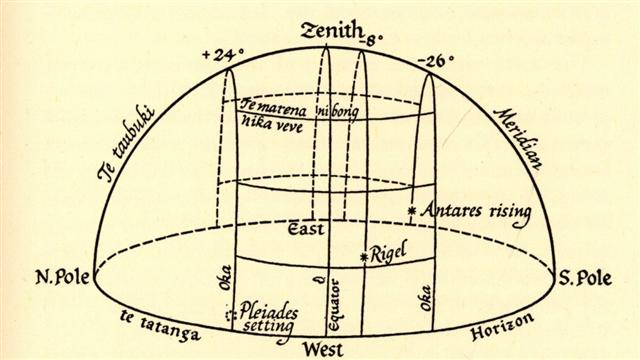

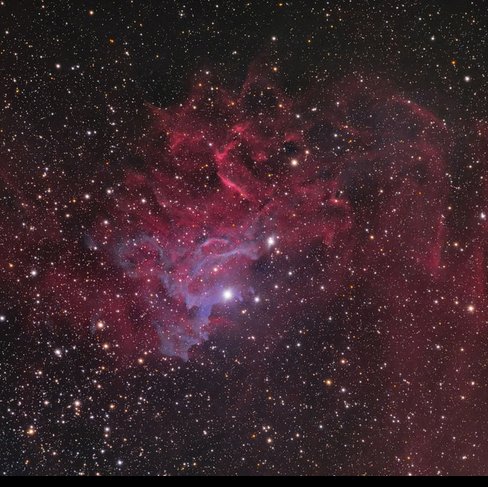



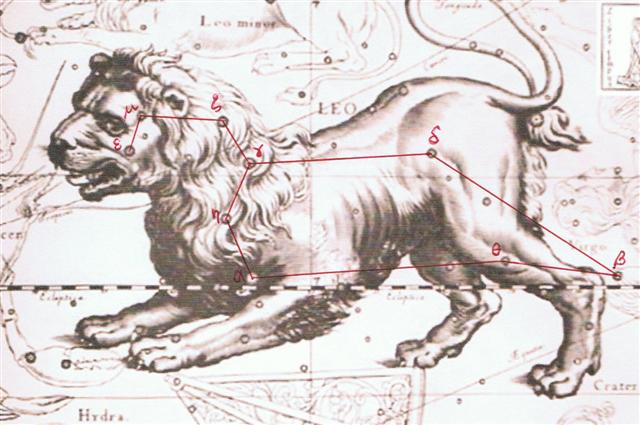

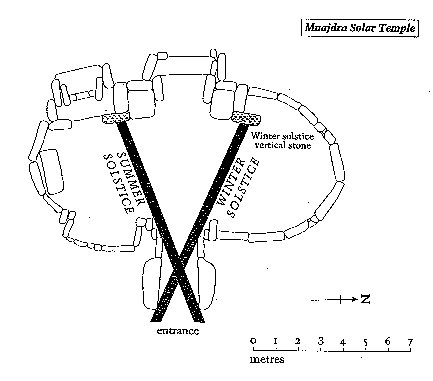
.jpg)


